Want to own a historic piece of West Coast architecture?

If you’ve got $16.8 million, you can. Eppich House 2, a West Vancouver home that legendary B.C. architect Arthur Erickson called his “most complete work” is on the market.
Designed in 1979, the home at 1056 Groveland Road features a unique, curving steel structure and plenty of glass.
The 7,000-square-foot home is set into a hillside on a 1.18-acre property and terraced to create a series of levels. It includes a pool, a hot tub and a creek that was redirected to create a reflecting pool.
It also features separate parents and children’s levels, curved glass brick skylights, and an ocean view.
PHOTOS: Inside Eppich House 2
It has been cited internationally as an example of the West Coast Style of architecture, and architecture and design magazine Wallpaper described it as a “mindbending modernist treasure,” and a “jewel of a residence that is both time capsule and design beacon.”
Heritage Vancouver Society president Javier Campos called Eppich House 2 one of Erickson’s “mature works,” and said it holds special cultural significance for the country.

Get daily National news
“It’s a significant part of Erickson’s work. You’ve got to remember that Arthur Erickson was Canada’s most famous architect for at least a decade or more,” he said.
“He represented Canada around the world… He was a very significant part of Canada’s identity and this building itself was part of that legacy that he left.”
WATCH: HGTV goes inside Eppich House 2
Erickson died in 2009 after designing dozens of iconic buildings, including SFU’s Burnaby campus, the Vancouver Law Courts and the UBC Museum of Anthropology.
Despite the house’s unique style, Campos said he still worries it could be threatened now that it’s on the market, and is hopeful it will be bought by someone who appreciates it for what it is.
“In these cases, there’s no real way to protect these assets unless people are into it. They managed to protect Arthur Erickson’s own house, but there’s a foundation there,” he said.
“We have this problem now about how to keep these things… the question is how do you keep the house, do you buy it and turn it into a museum?”
Historic house
Perhaps evidenced by its unusual form, Eppich House 2 has a unique history.
It is actually one of two homes commissioned from Erickson by twin brothers and B.C. steel magnates Helmut and Hugo Eppich.
Eppich House 1, a concrete-focused home built for Helmut in the Ambleside-Dundarave neighbourhood, was sold several years ago and has been preserved and renovated by its new owners.
Eppich House 2, designed for Hugo took steel as its primary feature — and took full advantage of the Eppich brothers’ manufacturing capabilities.
“I don’t think it could have been built if it wasn’t for the Eppichs’ steel company,” said Darrin Morrison, curator of the West Vancouver Art Museum.
It’s a fact driven home by Hugo Eppich himself in a promotional video shot to market the sale.
“Arthur thought it would be nice to make a house out of steel. Usually, the steel houses are just straight. In our case, he wanted to make it different and roll it into the landscape,” he said.
WATCH: From the archives: Arthur Erickson’s legacy

In addition to the home’s unique form, the Eppichs’ steel company Ebco Industries also manufactured all of the home’s unique furnishings, which were designed by Erickson and his partner Francisco Kripacz.
“All custom built for the house, the armchairs, the dining room table, the coffee table, a lot of the furnishings were custom designed for the home… it’s a very special project,” Morrison said.
The home has never changed hands since its 1988 construction, and Eric Latta, the Sotheby’s realtor listing the property, said the Eppichs, now in their 80s, decided it was time to downsize.
As for the possibility that the home could see a wrecking ball — a fate that has befallen numerous detached homes across the Lower Mainland, some with significant heritage value, Latta said he’s not particularly concerned.
“The buyer for a property like this is going to be certainly value artwork and architecture for what it is, and certainly the historical aspect of it,” said Latta.
“I can’t imagine anyone else appreciating it in any other form, it’s really a piece of artwork. Primarily, the steel and glass construction, it’s built to stay there.”





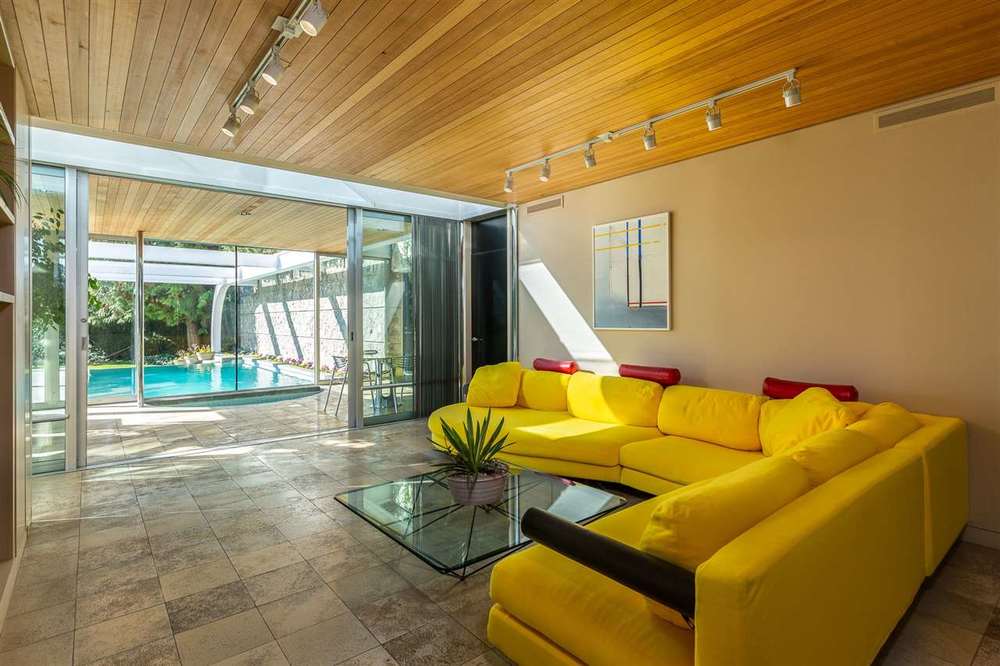

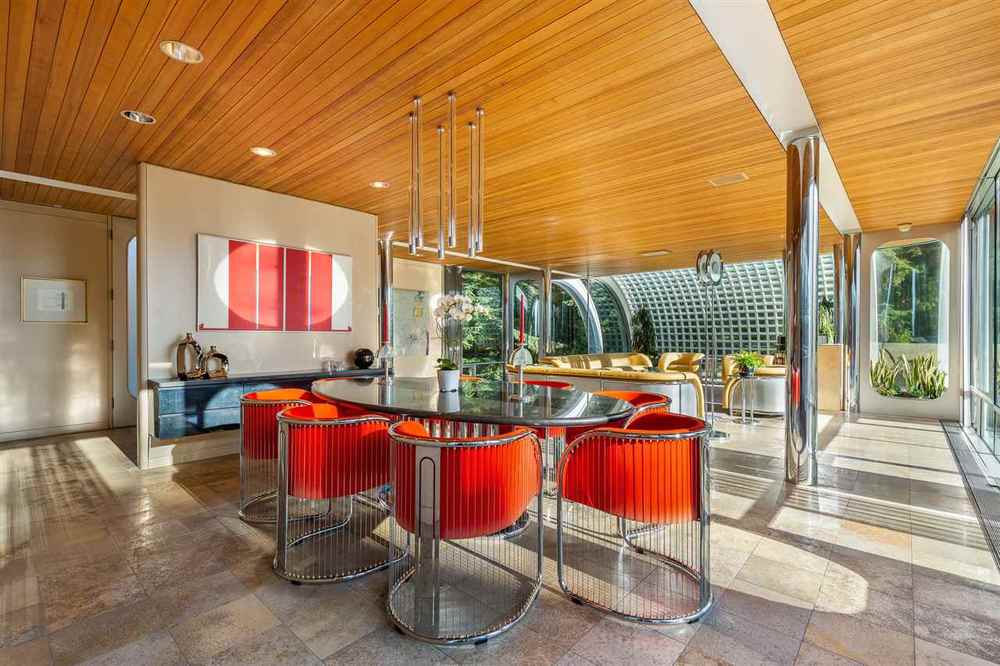

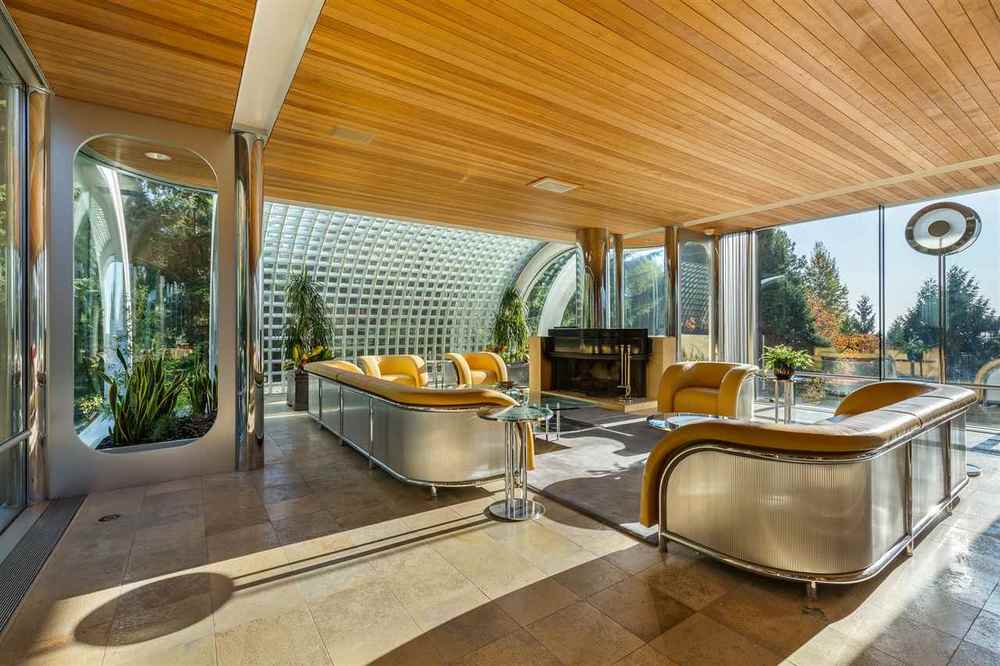

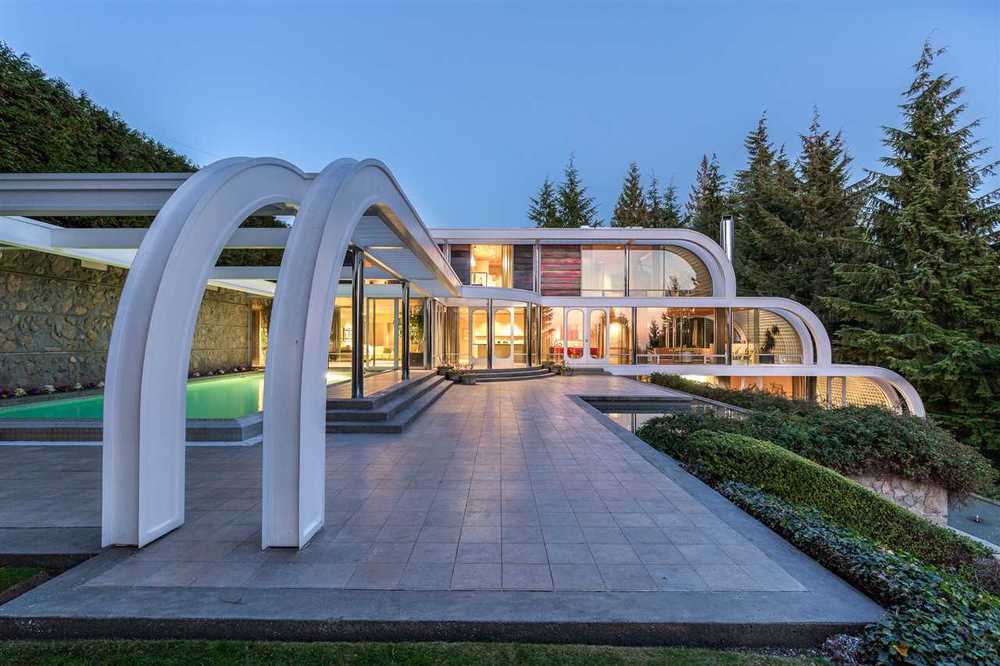

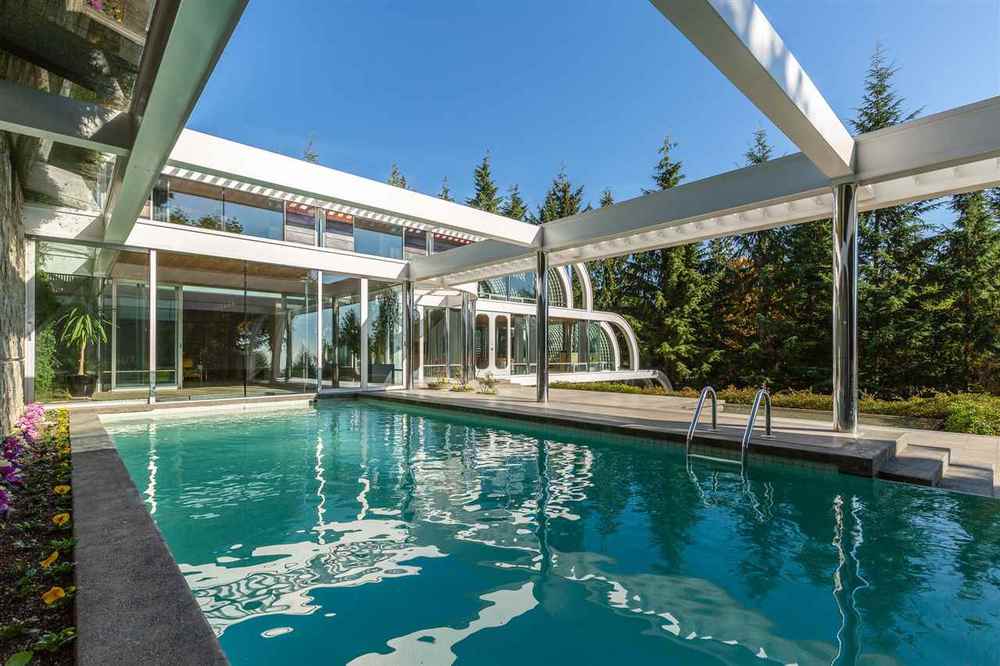

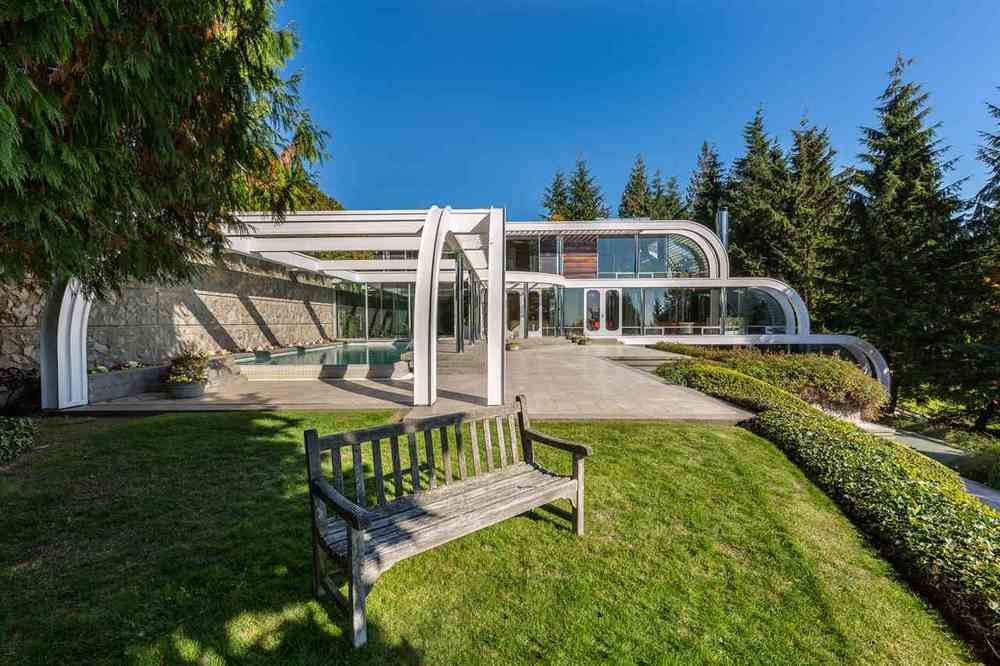

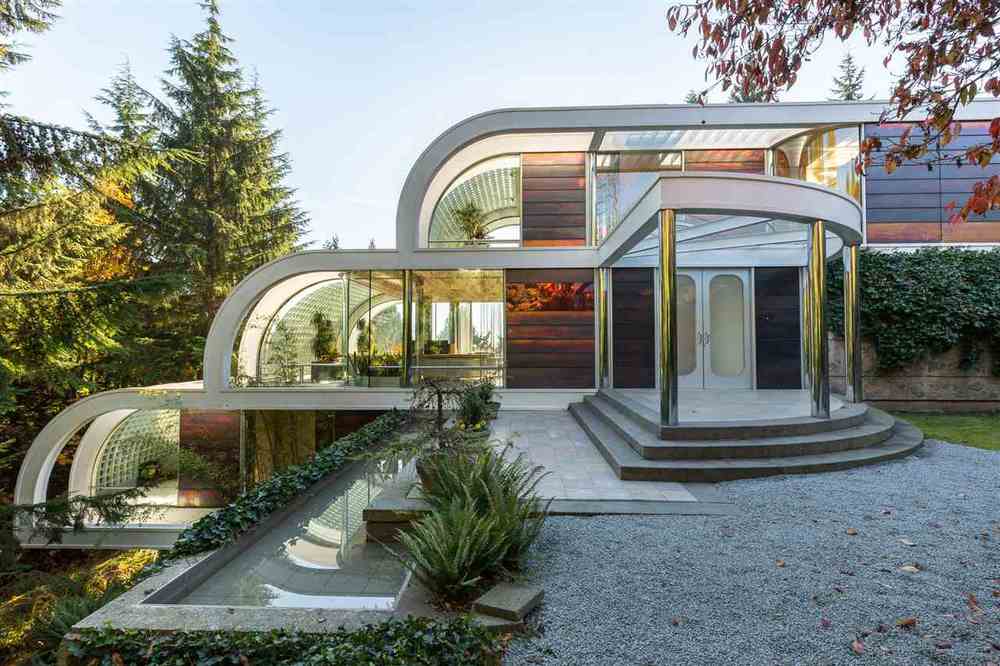
















Comments